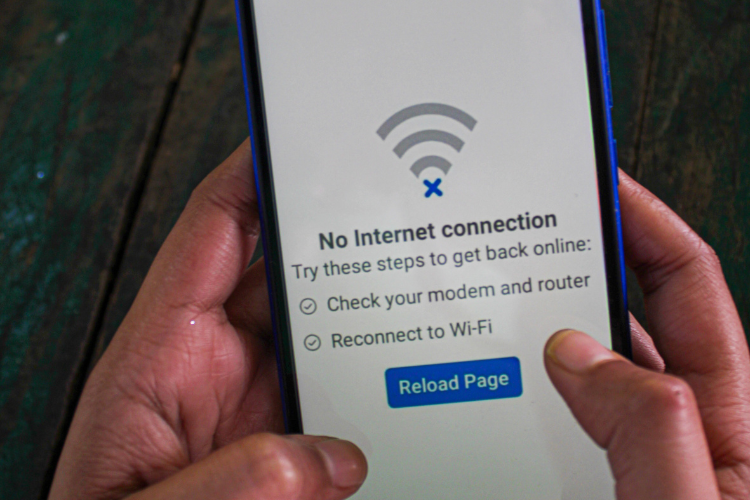It may come as no surprise that the surge in network demand has resulted in a corresponding increase in reported issues. This uptick in inquiries has left many internet service providers' (ISPs) customer support departments feeling the strain. But what's driving these calls, and more importantly, how can we effectively address them? Let’s dive into three common reasons customers seek assistance and explore ways to address these concerns, alleviate the burden on support teams, and reduce call volume.
1. Slow internet speeds
We've all experienced the annoyance of watching that loading icon spin endlessly while trying to stream a movie or join an online game. But slow speeds aren't just an annoyance; they can impact a customer’s bottom line by hampering their ability to access vital services like billing systems or customer records.
To better address this challenge and uphold customer satisfaction, many ISPs have implemented proactive monitoring to better understand network performance, pinpoint congestion, and identify inefficiencies within their networks.
Network modernization is another key initiative taken by service providers. This modernization effort may involve upgrading from copper to fiber, deploying advanced equipment to leverage wavelengths, or optimizing existing infrastructure to handle increased data traffic.
2. Connectivity issues
Connectivity issues are another common frustration for customers and a leading reason for contacting customer support. Whether it's dealing with dropped connections, sporadic outages, or trouble accessing certain websites, these issues can be disruptive to productivity.In response, ISPs are expanding their channels of communication. One approach involves transitioning to a community support model, where customers can engage with one another to troubleshoot and resolve issues collaboratively, reducing reliance on traditional customer service channels.
Providers' corporate websites are increasingly becoming hubs for valuable resources like troubleshooting guides, equipment setup suggestions, and frequently asked questions (FAQs), all conveniently accessible around the clock and at no cost to customers.
Social media platforms have emerged as vital channels for ISPs to communicate with customers in real-time, particularly regarding service disruptions or scheduled maintenance activities.
Additionally, several ISPs have invested in user-friendly, self-service tools that allow customers to diagnose and address connectivity issues independently. Interactive outage maps, for example, provide real-time visibility into network status and service disruptions within specific geographic areas, enabling customers to ascertain whether their connectivity problems are widespread or localized.
3. Billing inquiries
Billing inquiries, which may include questions about monthly charges, payment options, or account details, are another common reason customers seek support. Between August 1, 2023, and January 31, 2024, there was a notable surge in customer grievances regarding phone, internet, and TV services in Canada, as indicated by a report from the Commission for Complaints for Telecom-Television Services (CCTS). Complaints spiked by 43%, with a significant portion attributed to billing overcharges.1
To increase transparency, many ISPs have prioritized the provision of detailed billing statements to help customers better understand their monthly charges.
Self-service options facilitated through online portals have redefined customer management for many service providers, by enabling customers to manage their accounts independently—whether accessing billing statements or updating payment methods. For some, the incorporation of a chatbot for simple inquiries complements this effort, giving customers prompt answers and support teams additional bandwidth to address more intricate issues.
By taking proactive measures to address these common reasons for customer calls, internet service providers can improve customer satisfaction, reduce call volume, and ultimately enhance the overall customer experience. Consistently prioritizing transparency, offering robust self-service options, and actively engaging with customers, not only addresses immediate concerns but also builds lasting relationships that foster brand loyalty and advocacy.
Citations:
1 Telecom complaints jump 43% as Rogers accounts for one-quarter of grievances: report. The Canadian Press. 25 April 2024. https://nationalpost.com/pmn/entertainment-pmn/telecom-complaints-jump-43-as-rogers-accounts-for-one-quarter-of-grievances-report



